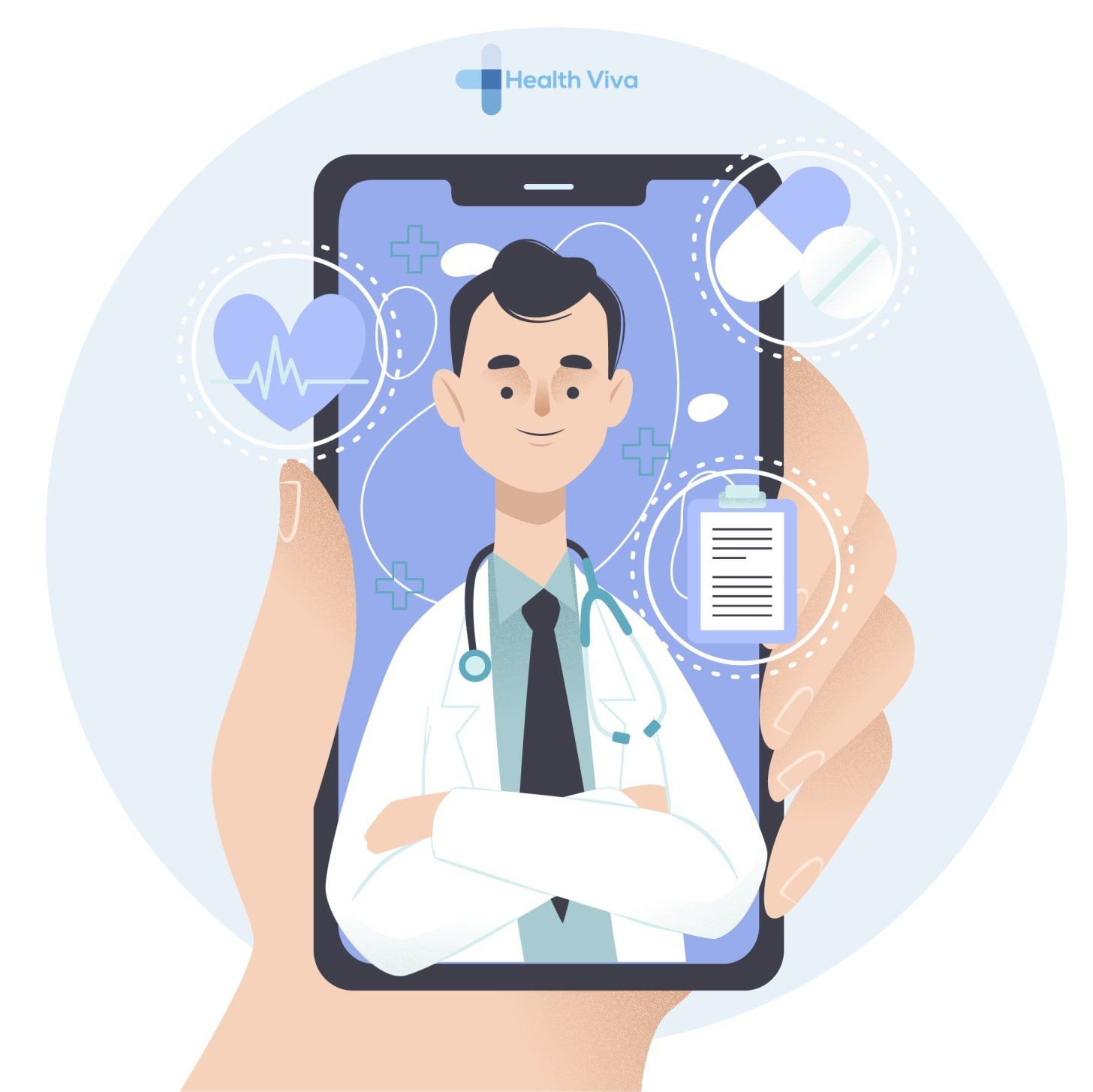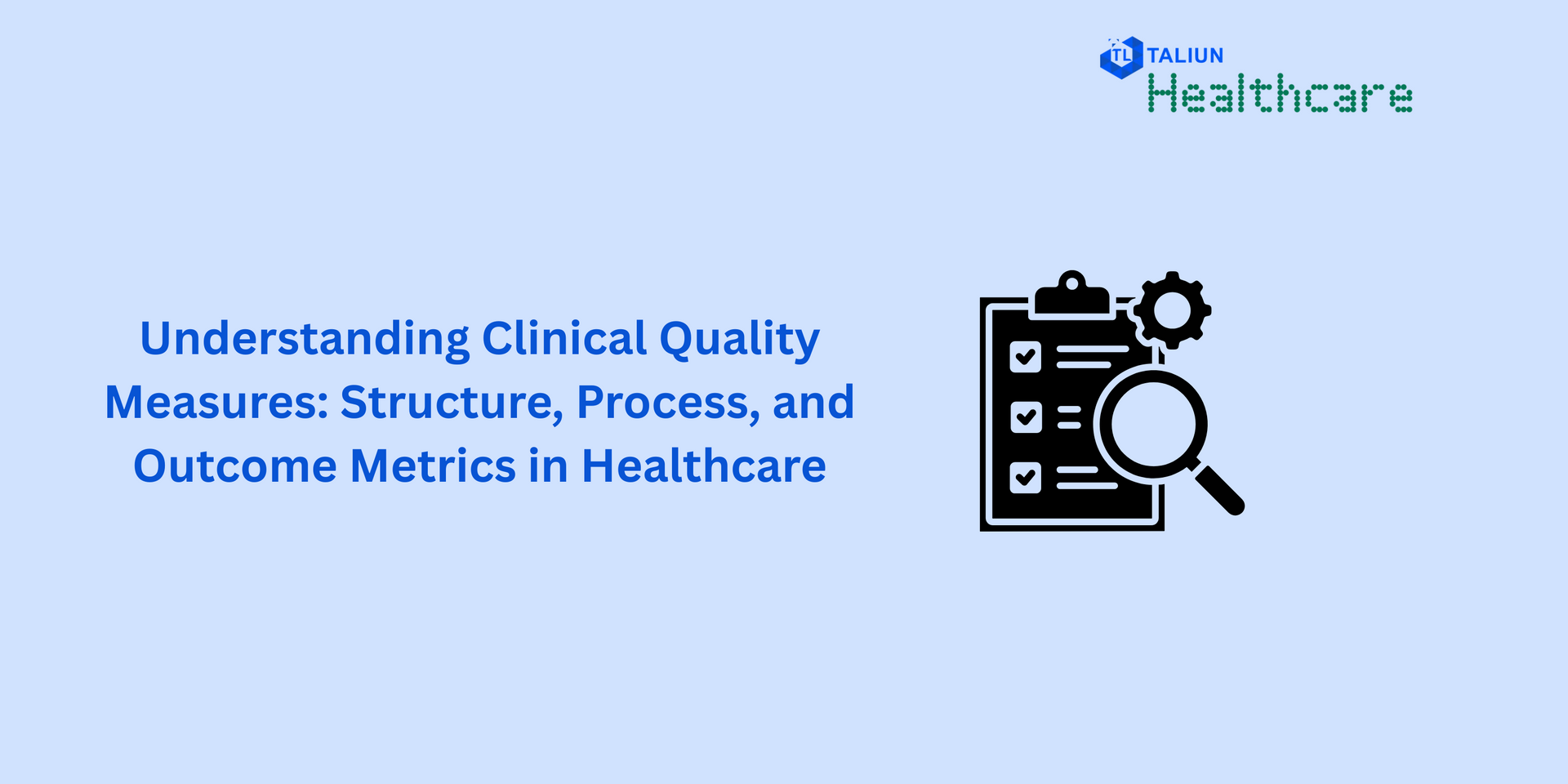Can Tele health have significant impact?

Hello,
I am back with another popular digital health topic on Tele medicine and how it is evolving. Undoubtedly with the covid situation, healthcare is going through a massive transformation as more and more organizations are adopting to different ways to tackle the sudden surge.
Interestingly due to COVID-19 situation, there is a world-wide adoption of tele health services across different types of care, definitely for primary care and secondary care setups. Today we are going to explain more about the key components of tele health system that are driving these transformations.
Tele health is usually understood as a healthcare service that is delivered remotely to a patient by a provider, usually using a tele communication infrastructure. When we look at some of the key components, at the heart of it is a server hosted on cloud or on premise, but has the capability to host patient data and initiate remote video conferencing sessions (called as tele health sessions) with its patients. Once these sessions are completed, follow-ups are created so that a patient can be proactively notified.
Undoubtedly it should impact the quality, equity and affordability of healthcare or simply put, triple aim of the healthcare
- Improving patient outcomes and patient experience
- Improving the population health
- Reducing per capita cost of healthcare
Some of the key components of creating a telehealth ecosystem are –
- Ability to register remotely by entering patient demographics
- Ability to search and book doctor’s appointment from a specific therapeutic area
- Ability to search or retrieve patient history details
- Ability to record patient symptoms
- Audio Video Conferencing where patients and doctors connect to a session
- Ability to quickly review patient history
- Ability to remotely diagnose a patient condition through smart devices (optional)
- Ability to write prescriptions with list of medicines
- Ability to create follow-ups
- Ability to refer to a secondary care specialist
- Ability to securely store and transact, while adhering to HIPAA compliance needs
Patients Ability to pay based on the qualified list of services from the program patient is eligible. For ex. Medicare list of Medicare Physician Fee Schedule (https://www.cms.gov/Medicare/Medicare-General-Information/Telehealth/Telehealth-Codes) as CMS has expanded the coverage of tele health services since March 6, 2020
- Ability to get the medicines at the doorstep
From the reporting standpoint there are two types of reports that can be of great value -
- Ability to create meaningful reports based on some of the data points
- Ability to capture patient experience via means of patient completing a post care survey
- Ability to capture and create reports for MIPS filing
Important perspective from reimbursement standpoint is to understand, whether some of the commercial, state or federal reimbursement programs are covering. For example, some of the tele medicine providers may work with Medicare Advantage and Medicaid managed care plans, while some are not working with Medicare Fee for Service or Medicaid Fee for service program.





